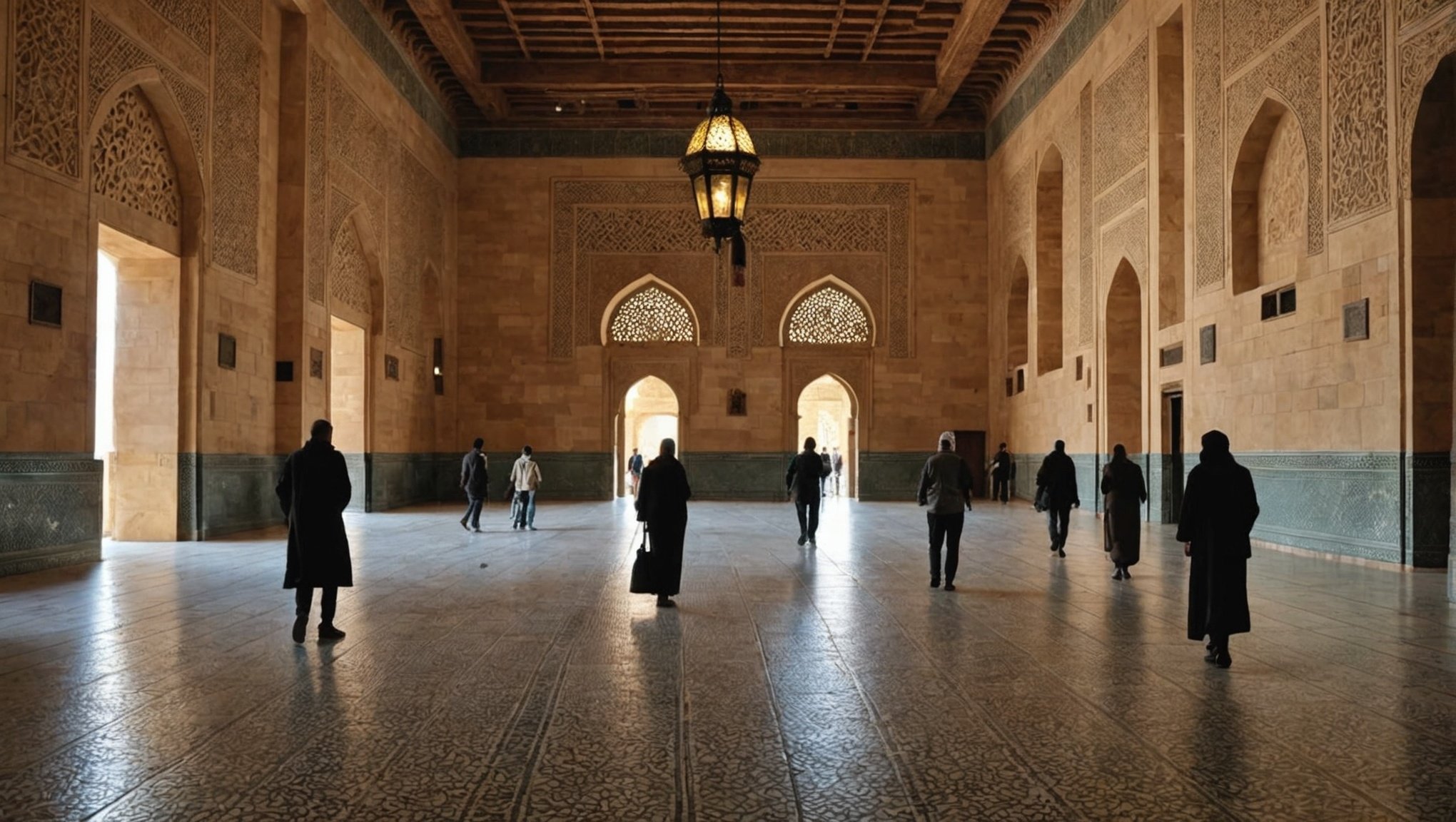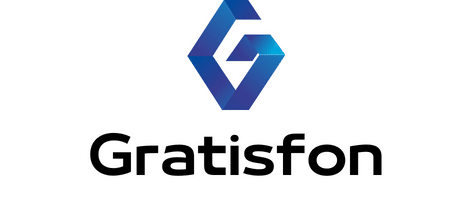Discover the museum of islamic art and morocco's rich heritage

The Museum of Islamic Art showcases Morocco's vibrant heritage through its captivating exhibitions. The upcoming "Splendours of the Atlas" promises to highlight exceptional artifacts that tell rich historical stories. This exhibition offers a unique chance to explore the artistic traditions that shape Moroccan identity, and understand the integral role of museums in preserving a priceless cultural legacy. Immerse yourself in the beauty and complexity of Morocco's artistic narrative.
Exploring the Museum of Islamic Art's upcoming exhibition
The Museum of Islamic Art is set to unveil a landmark exhibition titled "Splendours of the Atlas: A Voyage Through Morocco’s Heritage," from November 2, 2024, to March 8, 2025. This exhibition offers an immersive exploration into the rich artistic traditions of Morocco, featuring over 200 objects that highlight the country's vibrant cultural tapestry. For those interested in a deeper dive into the exhibition's offerings, more information is available.
Lire également : What Are the Best Non-Damaging Methods to Personalize a Leased Vehicle?
Key exhibits include paintings, sculptures, textiles, and ceramics, each telling a story of Morocco's historical and cultural evolution. Notable contemporary photographers and artists like Bruno Barbey and Lalla Essaydi contribute modern perspectives on Moroccan life and landscapes.
This exhibition not only celebrates Moroccan heritage but also aligns with the Qatar-Morocco 2024 Year of Culture, emphasizing cultural exchange. It sets a new benchmark for cultural showcases, offering guided tours and workshops to enrich visitor experience. Attendees can expect to engage with Morocco’s artistic legacy in a way that underscores the historical significance of Moroccan art and its global influence.
A voir aussi : How to Choose the Perfect Seat Covers for Pet Owners?
Moroccan heritage through artistic traditions
Moroccan art is a rich tapestry of historical narratives that reflect the country's diverse cultural influences. From the ancient Berber tribes to the Arab and Andalusian influences, each era has left a distinct imprint on the artistic landscape. The interweaving of art and history in Morocco is evident in the intricate patterns and designs found in traditional crafts and architecture, showcasing a fusion of cultural elements that tell stories of resilience and adaptation.
Influence of Berber culture on Moroccan art
The Berber culture plays a significant role in shaping Moroccan art. Known for its vibrant use of color and geometric patterns, Berber art is often seen in textiles, jewelry, and pottery. These traditional crafts not only serve as functional items but also as expressions of identity and heritage. The influence of Berber aesthetics can be seen in the decorative motifs that adorn Moroccan mosques and monuments, highlighting the cultural significance of this indigenous group.
Role of traditional crafts in Morocco's heritage
Traditional Moroccan crafts are a cornerstone of the country's cultural heritage. These crafts, including pottery, weaving, and metalwork, are passed down through generations, preserving ancient techniques and knowledge. Artisans play a crucial role in maintaining this cultural legacy, ensuring that the skills and stories embedded in these crafts continue to thrive. Through exhibitions and cultural festivals, these crafts are celebrated, offering insight into Morocco's rich artistic traditions.
Cultural impact and educational opportunities
The "Splendours of the Atlas" exhibition is a vivid portrayal of Moroccan identity, showcasing the nation's diverse cultural influences and artistic expressions. By featuring over 200 objects, it encapsulates the essence of Morocco's cultural treasures, from ancient Berber artifacts to contemporary works. This collection highlights the interweaving of art and history, offering visitors a comprehensive understanding of the elements that define Moroccan identity.
Museum's role in preserving Islamic art and culture
The Museum of Islamic Art plays a pivotal role in preserving and promoting Islamic art and culture. Through this exhibition, it underscores the historical significance of Moroccan art and its global impact. By curating such a diverse array of artworks, the museum not only safeguards these cultural artifacts but also educates the public about their importance. This initiative helps in maintaining the rich traditions and artistic heritage of Morocco for future generations.
Educational programs and workshops associated with the exhibition
Complementing the exhibition are various educational programs and workshops designed to enhance visitor engagement. These initiatives aim to deepen the understanding of Moroccan art and culture through hands-on activities and expert-led discussions. By participating in these programs, attendees can explore the intricate techniques behind traditional crafts and gain insights into the role of museums in preserving culture.
